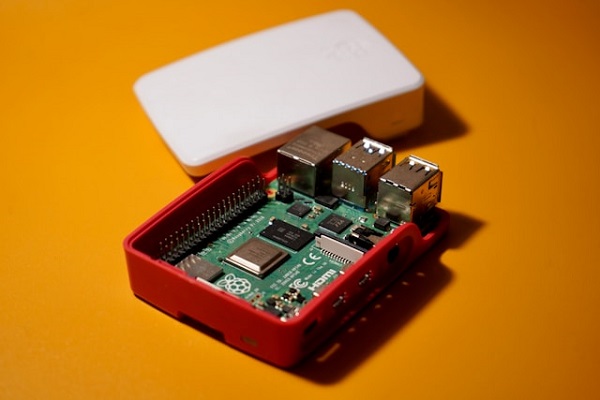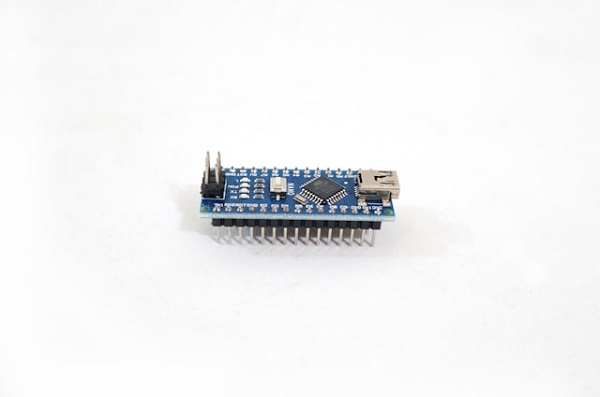The Building Blocks of Nanotechnology
Revolve around manipulating matter at the nanoscale, typically involving structures sized between 1 to 100 nanometers. These building blocks encompass various materials, such as nanoparticles, nanotubes, and nanowires, each with unique properties at the nanoscale. Key principles include self-assembly, surface-to-volume ratio effects, and quantum mechanics. Applications of nanotechnology span diverse fields, including medicine, electronics, environmental remediation, and energy production, harnessing the unique properties of nanomaterials to innovate in areas like targeted drug delivery, high-performance electronics, pollution control, and efficient energy storage.
Nanotechnology in Everyday Life

It encompasses manipulating matter at the nanoscale to create materials, devices, and systems with unique properties and functionalities. From enhancing the performance of everyday products to revolutionizing industries, applications of nanotechnology permeate various aspects of our lives. In medicine, it enables targeted drug delivery systems and advanced imaging techniques. In electronics, it facilitates the development of smaller, faster, and more efficient devices. In energy, it enables the production of lightweight and high-performance materials for renewable energy sources. Additionally, in consumer goods, it enhance the durability, strength, and functionality of products ranging from clothing to cosmetics. The applications of nanotechnology thus promise innovative solutions to pressing challenges across diverse fields, transforming the way we live and interact with technology.
Advantages of Nanotechnology
Nanotechnology in Environmental Sustainability

Its diverse applications in mitigating environmental challenges. Nanotechnology offers innovative solutions through its precise manipulation of materials at the nanoscale. These applications of nanotechnology encompass various areas such as pollution remediation, water purification, energy efficiency, and resource conservation. By harnessing nanomaterials and nanostructures, novel approaches are developed for pollutant removal, efficient energy storage, and environmentally friendly manufacturing processes. This enables significant strides towards sustainable development by minimizing environmental impact, conserving resources, and enhancing ecosystem resilience.
Nanotechnology and Electronics
Nanotechnology in Medicine and Healthcare
This field explores the unique properties materials exhibit at such tiny scales, allowing for precise control over their characteristics. Electronics, on the other hand, focuses on the design and application of devices that control the flow of electrical currents for various purposes. Combining these two disciplines leads to groundbreaking advancements in numerous sectors, ranging from medicine and energy to computing and manufacturing. Applications of nanotechnology in electronics include the development of nanoscale transistors, memory devices, sensors, and energy-efficient components, revolutionizing the capabilities and functionalities of electronic devices.
Nanotechnology and Energy
It encompasses the understanding, manipulation, and control of matter at dimensions of roughly 1 to 100 nanometers, where unique phenomena enable novel applications. Energy, on the other hand, refers to the capacity to do work or produce heat. It exists in various forms such as kinetic, potential, thermal, electrical, chemical, and nuclear. When considering applications of nanotechnology in the energy sector, one can explore advancements like efficient solar cells, energy storage devices like batteries and supercapacitors, and improved catalysts for energy conversion processes, among others.




